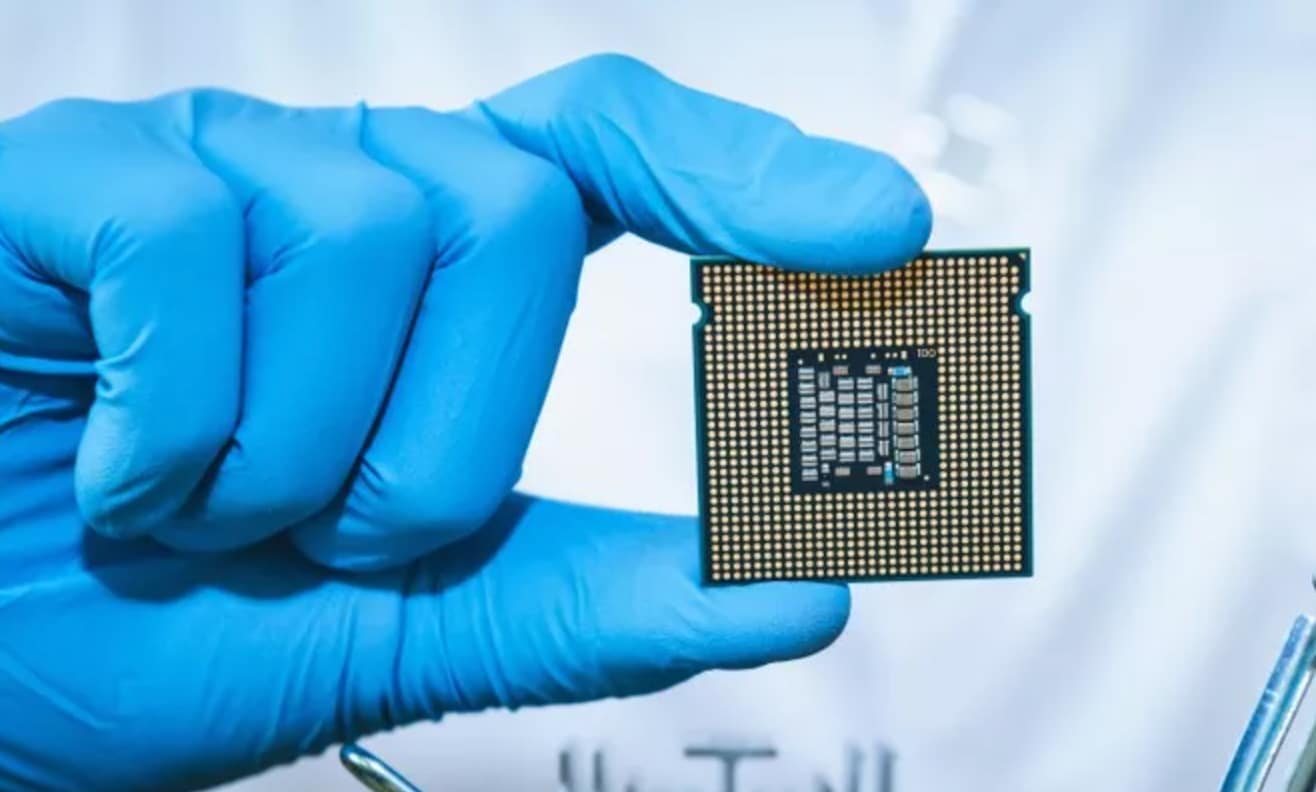
How to Overcome The Global Semiconductor Shortage?
The COVID-19 pandemic affected businesses and industries all across the globe in several ways. There was a huge demand for gaming equipment during the lockdown period, and this led to increased production of semiconductor chips, so much so that the companies couldn’t keep up with the production demands.
However, the automotive industry suffered due to a lack of demand for cars. Therefore, they had to close down the production lines, which also meant a decrease in semiconductor requirements.
These inconsistencies in the market and the sudden surges and falls in the semiconductor demand created a massive issue in the microchip supply chain!
In this blog, we will go over the reasons behind the global shortage of microchips and the relevant chip shortage solutions for our readers.
Semiconductor chips- A brief overview
Semiconductors, also known as microchips and integrated circuits (ICs), are materials with specific electrical properties in between conductors and insulators, hence the name- Semiconductor.
Typically, semiconductors are made from metalloids like silicon, germanium, or gallium arsenide. Via the doping process, the conductivity of the semiconductor material is changed by adding certain impurities.
Their ability to exist between the characteristics of conductors and insulators means that under certain temperatures, these microchips can switch between the two. Due to this highly versatile and unique property, microchips are an essential component of electronic devices in various industries like medicine, transportation, and the military.
What’s behind this ongoing global microchip shortage?
The COVID-19 pandemic led to the beginning of this chip shortage, and effects like the virus, its outbreak, geopolitical uncertainties, and labor challenges did nothing but fuel the existing shortage.
The microchip industry initially saw a steep drop in demand during the onset of the pandemic and the resulting shutting down of factories. Post-pandemic, there was massive consumer spending to get every microchip available in the market. A V-shaped global economy recovery was observed, spurring an extraordinary need for semiconductor chips.
Even to this date, we are still facing chip shortages, a lengthy time requirement from analog suppliers, and a massive increase in their prices.
This new era of halting growth and adjusting the market demands has seen new waves of price increases. Raw materials, logistics, wafer fabrication, and labor have all become extremely expensive. The semiconductor suppliers are being forced to pass their costs on to their consumers to enable the supply chain to stabilize.
After facing severe blows from the uncertainties of 2021, 2022, and 2023, the industries that rely massively on semiconductor chips, like- automotive, 5G, and the IoT and smartphones, should brace for more unknowns in the future.
How has the global semiconductor shortage impacted Original Equipment Manufacturers (OEMs)?
While the automotive industry seems to be the most affected by this global microchip shortage, OEMs worldwide face severe supply chain issues. They’re having to pause production lines and delay their products, which, in turn, is affecting their revenue.
50% of the OEMs may start producing their semiconductor chips by 2025. This will ensure that the shortage of microchips is overcome and greater control over the supply chain is established. This is one of the ways of doing chip shortage solutions.
Tips for OEMs on how to overcome the global microchip shortage
Every original equipment manufacturer (OEM) needs to take the following steps to ensure they are safer for as long as the chip shortage persists.
- Alignment- The product design team of the companies should stay in line with their supplier’s technology roadmap and capital investment plans. This way, they will get the necessary components as and when required.
- Qualification of the supplier- It is very important to review and consider the global footprints of your suppliers to eliminate the risks that arise when you have inexperienced suppliers that are only concentrated in a particular region.
- Visibility- Another chip shortage solution that OEMs can employ is to provide as much visibility as possible to their suppliers. This way, the suppliers can plan their product capacity and potential long-term investments. For instance, place long-term orders through the end of 2024 and even into 2025 to ensure better visibility for wafer and capacity planning.
- Increasing lead times while planning systems- The last chip shortage solution that OEMs can employ is to update their planning systems to reflect the delays accordingly. There will be very little or no favor shown toward unscheduled orders if the shortage persists.
Solutions to help with damage limitations
Here are some tips that can help companies with damage limitations:
- Expanding their production capacity or using older chip technologies temporarily for as long as the shortage sustains.
- Focusing on software updates rather than brand-new hardware components.
- Looking to redesign their products whenever possible, mainly if a component is limited in supply and production needs to be temporarily carried out without that.
- One of the best chip shortage solutions has to be utilizing AI. AI seeks to speed up the research and development process and helps during risk assessment. This makes the supply chain more streamlined and effective.
The tips mentioned above won’t help solve the ongoing global issue regarding a chip shortage solution. Still, they will enable companies to maintain a steadier supply chain for as long as the shortage persists. There are quite a few chip shortage solutions to balance the demand and supply of these semiconductor microchips.
Conclusion
When sales are decreasing due to the component shortage, leading companies seek to redesign and eliminate the need for whatever part is in limited supply. Similarly, the incorporation of AI can help companies increase the R&D process by mitigating defects, poor processes, and unnecessary hold-ups. Also, relying more on logistics like air freight rather than shipping containers can help save time.

